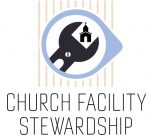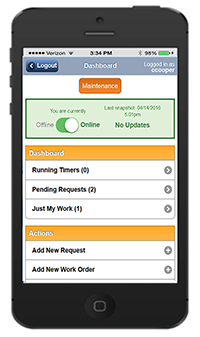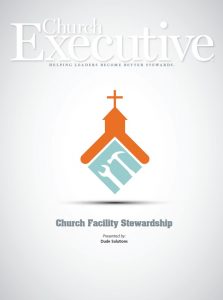By Donovan Loomis
 Between Sunday worship, youth activities, and all the groups that meet throughout the week, your church is a hub of activity. Your congregation relies on the facilities to not only be a place of worship, but also a launching pad for ministry. Church leaders are expected to be intentional in how they manage the church’s resources, as you care for your church with the same attentiveness that you would your own home.
Between Sunday worship, youth activities, and all the groups that meet throughout the week, your church is a hub of activity. Your congregation relies on the facilities to not only be a place of worship, but also a launching pad for ministry. Church leaders are expected to be intentional in how they manage the church’s resources, as you care for your church with the same attentiveness that you would your own home.
Aside from staff, the buildings are your most expensive asset, and we should care for them accordingly. Often, we have to do more with less, making it mission-critical to effectively prioritize the things that can make the most impact for the long-term, utilize your resources wisely, and plan for the future. From our work with church facility managers, we’ve found that the four pillars of the best facility stewardship are:
1) Preventive maintenance
2) Work order management
3) Asset management & capital planning
4) Safety
 1) Preventive Maintenance
1) Preventive Maintenance
One of the best ways to fix a problem is to prevent it before it even starts. Preventive maintenance (PM) is key to being a good steward of your facility, as it can help you plan better for the future. Instead of reactive maintenance, a PM program can help you ensure that everything is running as it should be with fewer surprises. In addition, this program will allow you to schedule routine maintenance that can extend the life of your assets by 35%, while reducing energy consumption by 10% to 15%.
Planning for the future starts with knowing what resources you currently have (and how you can make the most of them).
2) Work Order Management
At times, all the things on your to-do list can feel overwhelming as you’re pulled in multiple directions. A work order management system can help prioritize and streamline incoming requests and keep things from falling through the cracks. Plus, with a work order solution in place, you’ll be able to start seeing trends that might arise in your facilities. For example: If you see that a particular air handling unit is continually requiring maintenance, you can begin to justify a replacement over repairs … which brings us to our third pillar.
 3) Asset Management & Capital Planning
3) Asset Management & Capital Planning
Once you know the status of your assets and what resources you have, you can truly begin to assess how to use them and plan for the future. Being able to see detailed information on each asset in your facility — particularly if it’s expensive or large — will help you know whether it’s better to repair or begin to budget for a replacement. Joining asset management with capital planning will also enable you to forecast budgets years in advance based on what might fail in the future, ensuring that you’re using your church’s resources where it will make the most impact.
4) Safety
Our facilities should be a safe and welcoming place, free of distractions. Safety is a natural aspect of stewardship, and it can’t be emphasized enough. From ensuring that your facilities are up to date with codes and regulations to natural disasters or even acts of violence, there’s no such thing as being “too” prepared.
A preventive maintenance program can extend the life of your assets by 35%

With a safety management solution, you can ensure that everyone in your congregation is prepared. Having plans and protocols available via a mobile app for staff and volunteers will reinforce safety training, equip everyone to be prepared in an emergency, and ensure that everyone has the most up-to-date information.
Doing more
We use software for so many other facets of church operations, why not use software to properly plan and care for our most expensive assets? Focusing our efforts on the four pillars that make the most impact is one of the best ways to do more with less, and having a computerized maintenance management system (CMMS) is a powerful tool that can help you ensure that you’re staying on track with your church’s goals and keeping track of everything.
To be a good steward of your church, you don’t have to invest exorbitant amounts of money in order to achieve results. By being resourceful and focusing on the areas that will make the biggest impact, you will have more resources to devote to the mission of the church: equipping the ministry.
Donovan Loomis has more than three years of experience in church facility management and serves as Dude Solutions’ Industry Specialist focusing on religious organizations. He graduated with a BS degree in 2012 from East Carolina University.


